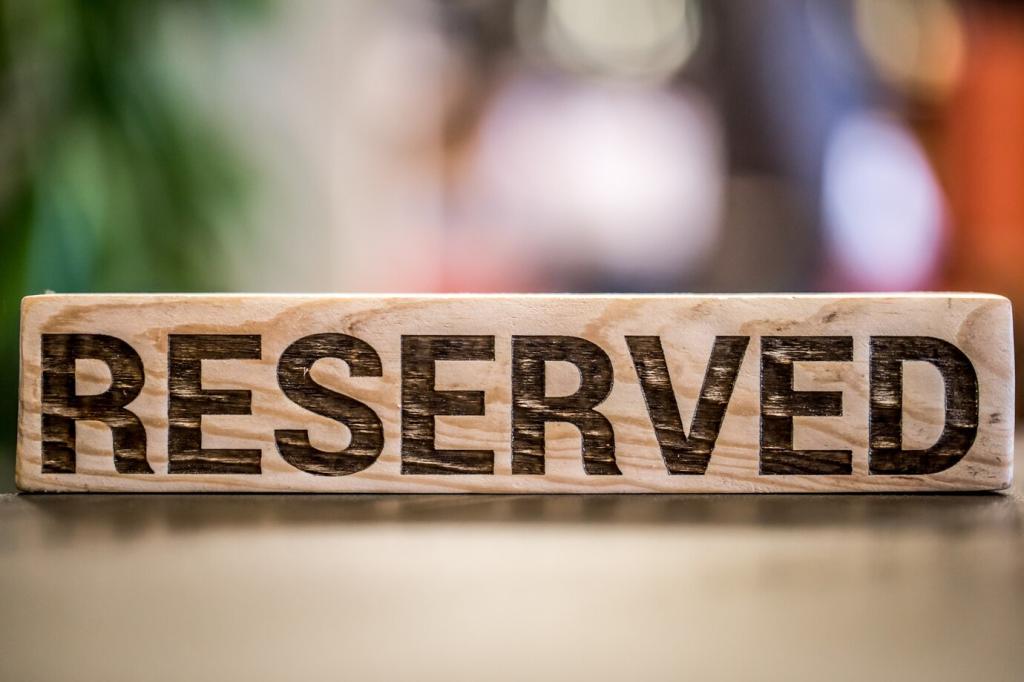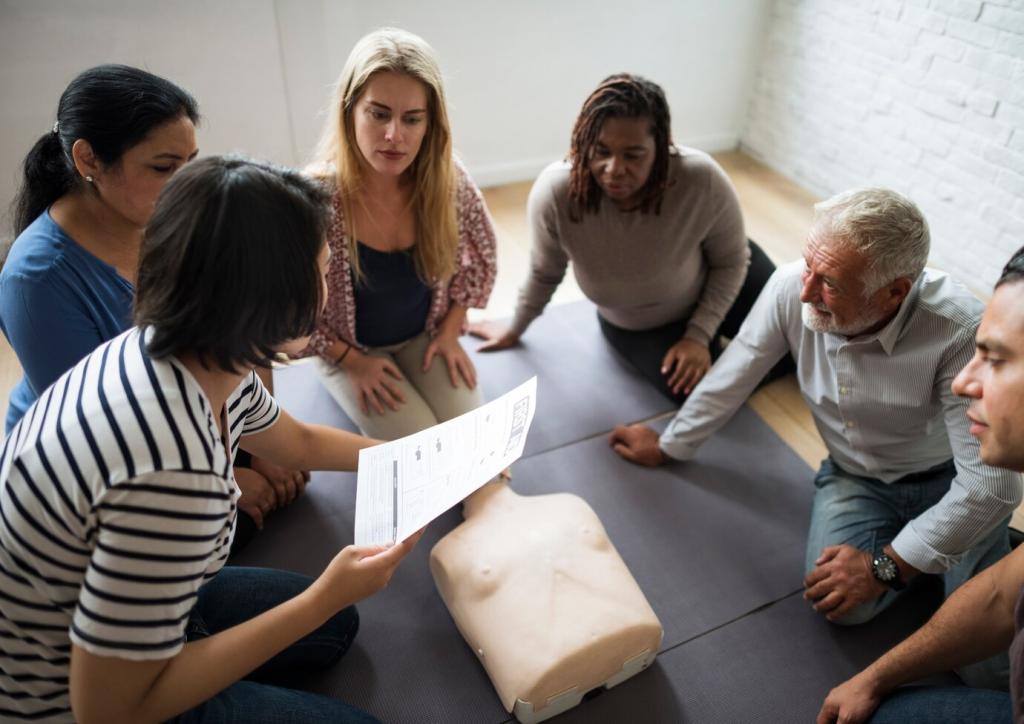Reading the Wood: Species, Age, and Hidden Clues
Study pore structure, grain patterns, and weight. Oak’s ring-porous rays shout loudly; mahogany’s shimmer is subtler. A dab of alcohol can reveal shellac while leaving telltales untouched. Share your mystery wood photos and we’ll help you decode the clues together.
Reading the Wood: Species, Age, and Hidden Clues
Hand-cut dovetails vary subtly; machine-made dovetails are uniform and tight. Old plane chatter, saw kerf angles, and scratch stock beads whisper era and method. Spot these stories before restoring, so your techniques echo the period rather than overwrite it.
Reading the Wood: Species, Age, and Hidden Clues
Test an inconspicuous spot with alcohol for shellac, mineral spirits for waxes, and mild soap for grime. Photograph under raking light to map scratches and veneer lift. Comment your findings; comparing notes saves time and protects irreplaceable patina.












